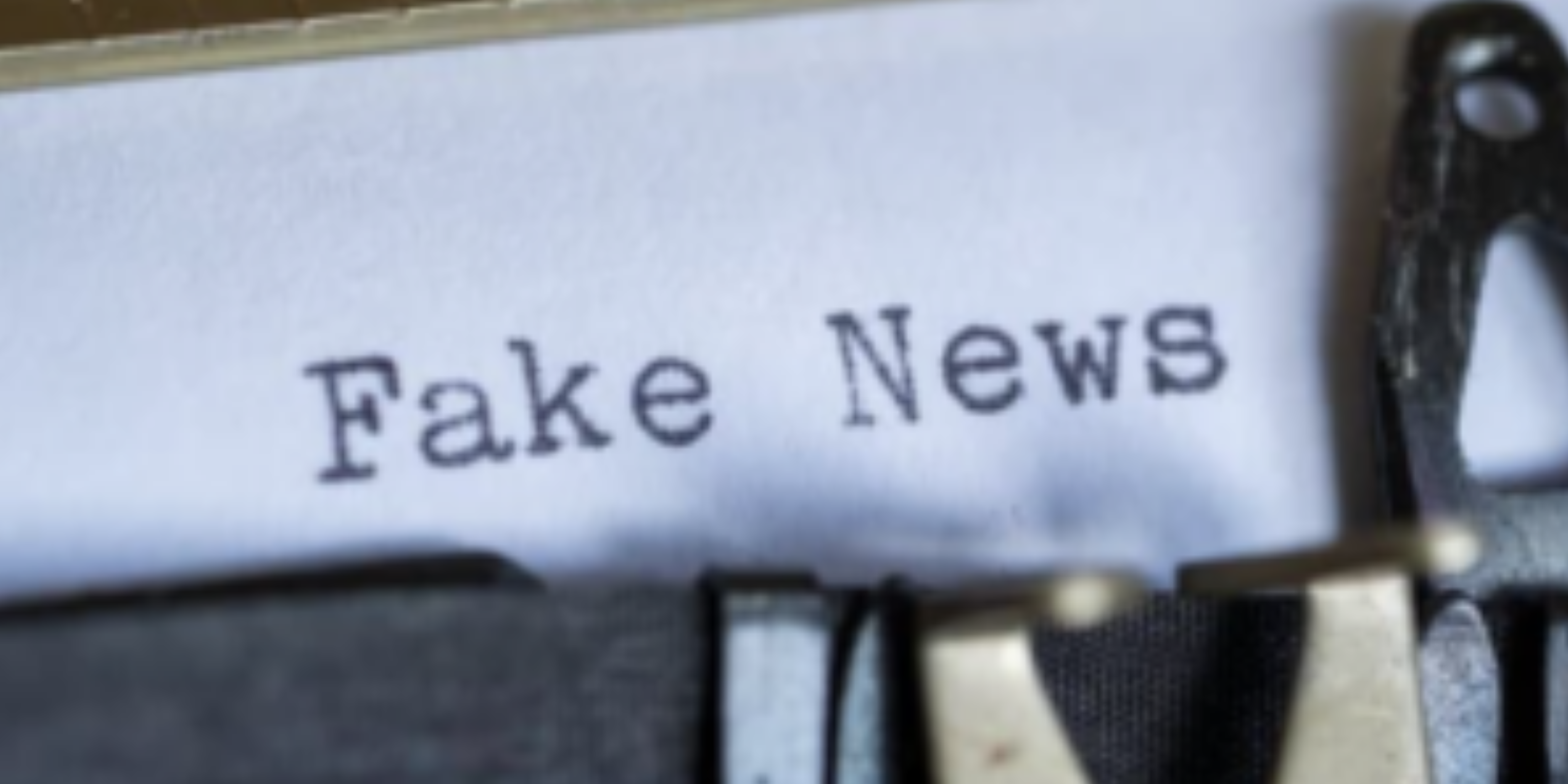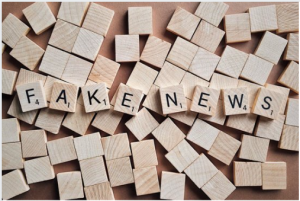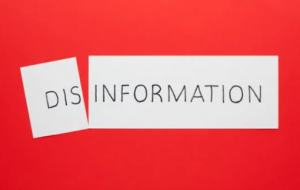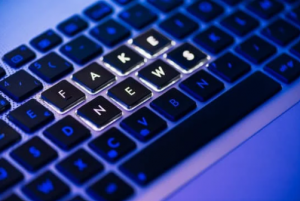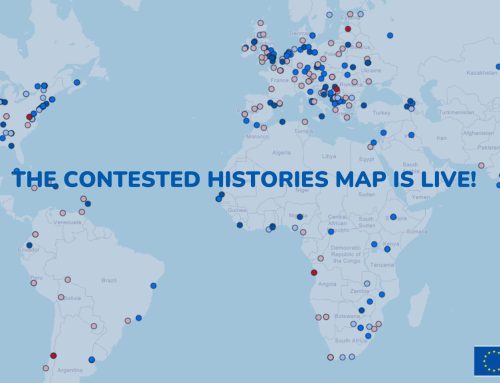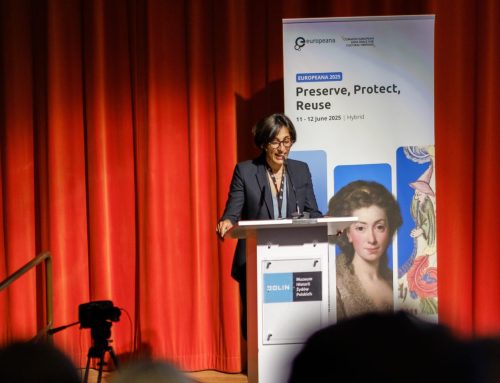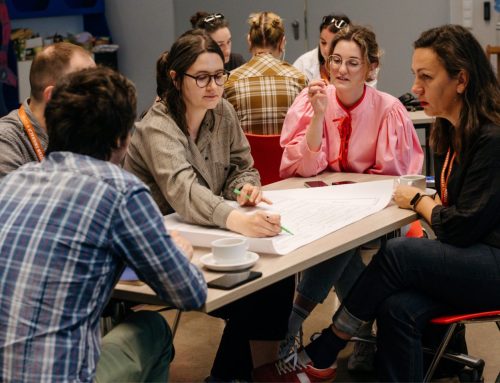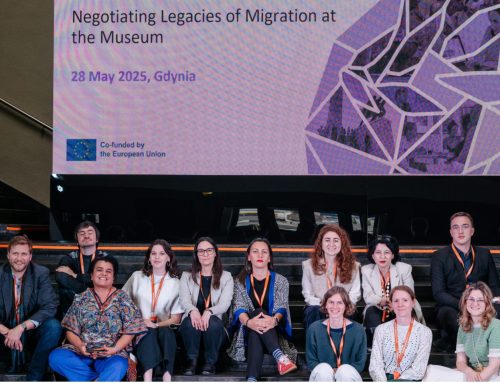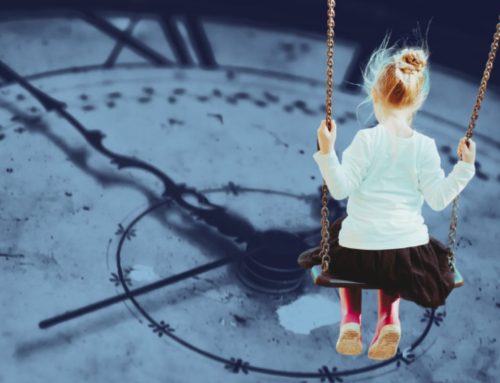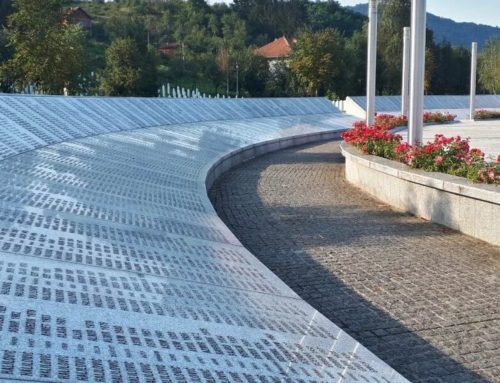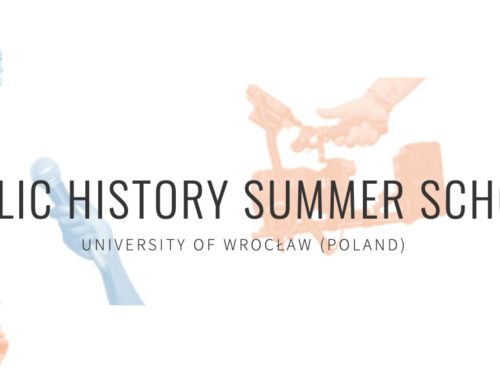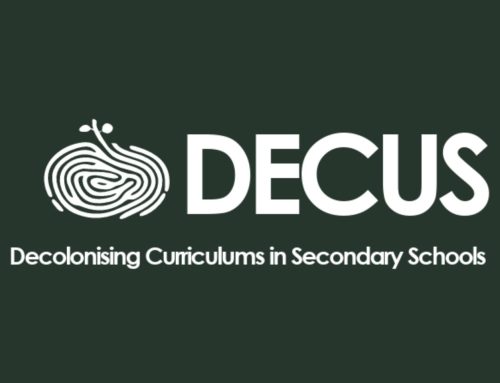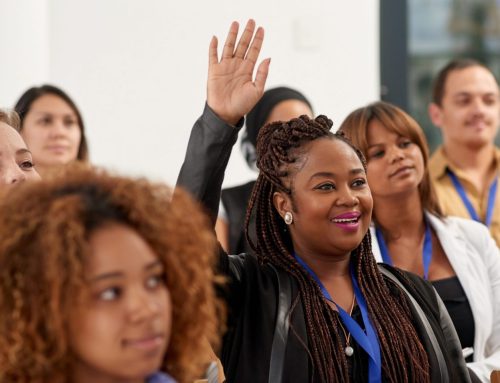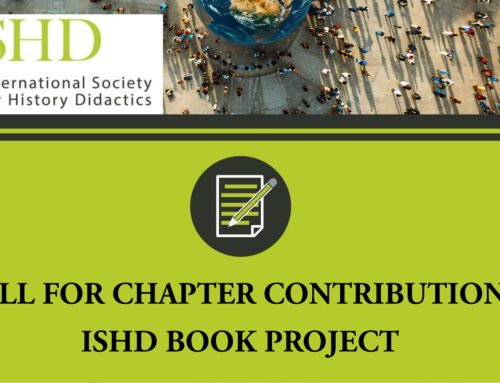Useful Resources
| Lie Detectors, the pan-European news literacy project – article or podcast (Juliane von Reppert-Bismarck) Press Release | |
| UNESCO resources to counter COVID-19 conspiracy theories through critical thinking and empathy | |
| #ThinkBeforeSharing resources from UNESCO | |
| Taken from Practical Histories- Teaching pupils the importance of ‘truth’ in history | |
| Under Pressure- Interview with a Teacher | |
| The Facing Facts programme was set up in 2011 by four organizations with the goal to improve monitoring of hate crime data. Since then, it has grown into a Europe-wide civil society network. Managed by CEJI – A Jewish Contribution to an Inclusive Europe, the programme offers training to law enforcement personnel, people working in authorities, and civil society actors. In recent years, the programme has shifted to focus on online hate crimes and since 2015 has implemented a comprehensive online learning curriculum. By working in close collaboration with partners across sectors, the long-standing initiative has generated a wealth of lessons learned. | |
| The Media Diversity Institute works to ensure a correct representation of minority groups in traditional and social media. The Institute acts as a resource hub and brings together a wide range of actors across Europe in its programmes. One of the projects, “Get the Trolls Out,” seeks to monitor and combat anti-religious hate and other discriminatory behaviour on social networks. The materials and workshops of the initiative help civil society actors to identify different kinds of anti-religious hate speech in order to develop and implement counter campaigns. Because it is so widely connected, the Institute was one of the first actors to detect and report about the QAnon movement in Europe. | |
| In 2018 the Libertas Center for Interconfessional and Interreligious Dialogue implemented the “School of Interreligious Journalism,” a training project with the goal of combatting fake news and one-sided narratives on social media platforms. The Libertas Center is a non-profit organization and was founded in 2013. Its work concentrates on promoting interreligious and intercultural dialogue to contribute to peacebuilding and understanding in the Ukraine and beyond. Its School of Interreligious Journalism brought together religious representatives and media professionals and enabled joint learning and spaces for dialogue and reflection. | |
| The Global Disinformation Index has as their key mission to reduce the amount and spread of disinformation. | |
| Ich bin hier (German resource)- Encourages digital civil courage and promotes a culture of better discussion. | |
| Facing History and Ourselves Resource- WHAT DOES IT MEAN TO LIVE WITH SOCIAL MEDIA? | |

